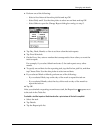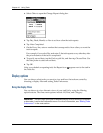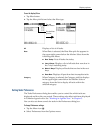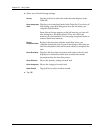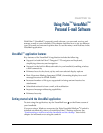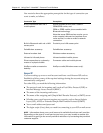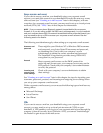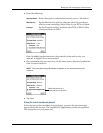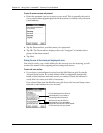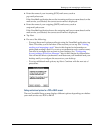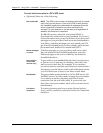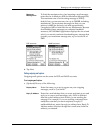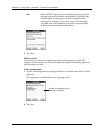
Setting up and managing e-mail accounts
151
Using a corporate e-mail account
If you want to access e-mail on your handheld using your corporate e-mail
account, you create this account on your handheld in exactly the same way as any
other account (see “Creating an e-mail account” later in this chapter), with one
exception: for a corporate e-mail account, you may need to set up a virtual private
network (VPN). See “VPNs” later in this chapter for information.
NOTE
If your company has a Bluetooth network located behind the corporate
firewall, or if you are using an 802.11b SDIO card, sold separately, in your handheld
and your company has an 802.11b network located behind the corporate firewall, you
may not need to set up a VPN to access your corporate e-mail account. See the
following section for details.
The following considerations apply when setting up a corporate e-mail account:
See “Creating an e-mail account” later in this chapter for steps for inputting your
username, password, protocol, and incoming and outgoing server settings when
you set up your corporate e-mail account.
With a corporate e-mail account, you can access the following types of mail servers,
among others:
■ Microsoft Exchange
■ Lotus Domino
■ Sun iPlanet
VPNs
If you want to access e-mail on your handheld using your corporate e-mail
account, you may need to set up a virtual private network (VPN) on your
handheld. A VPN enables you to log in to your corporate mail server through the
company’s firewall (security layer). Without a VPN, you cannot “break through”
the firewall to gain access to the mail server.
Username and
password
These might be your Windows NT or Windows 2000 username
and password, your Lotus Notes ID username and password,
or something else. Check with your company’s server
administrator to obtain the correct username and password.
The VersaMail 2.6 application provides strong 128-bit AES
encryption for your password.
Protocol
Most corporate mail servers use the IMAP protocol for
retrieving mail. In rare cases, your company server may use the
POP protocol. Check with your company’s server administrator
to verify the protocol.
Incoming and
outgoing mail
server settings
Check with your company’s server administrator to obtain
these settings.



